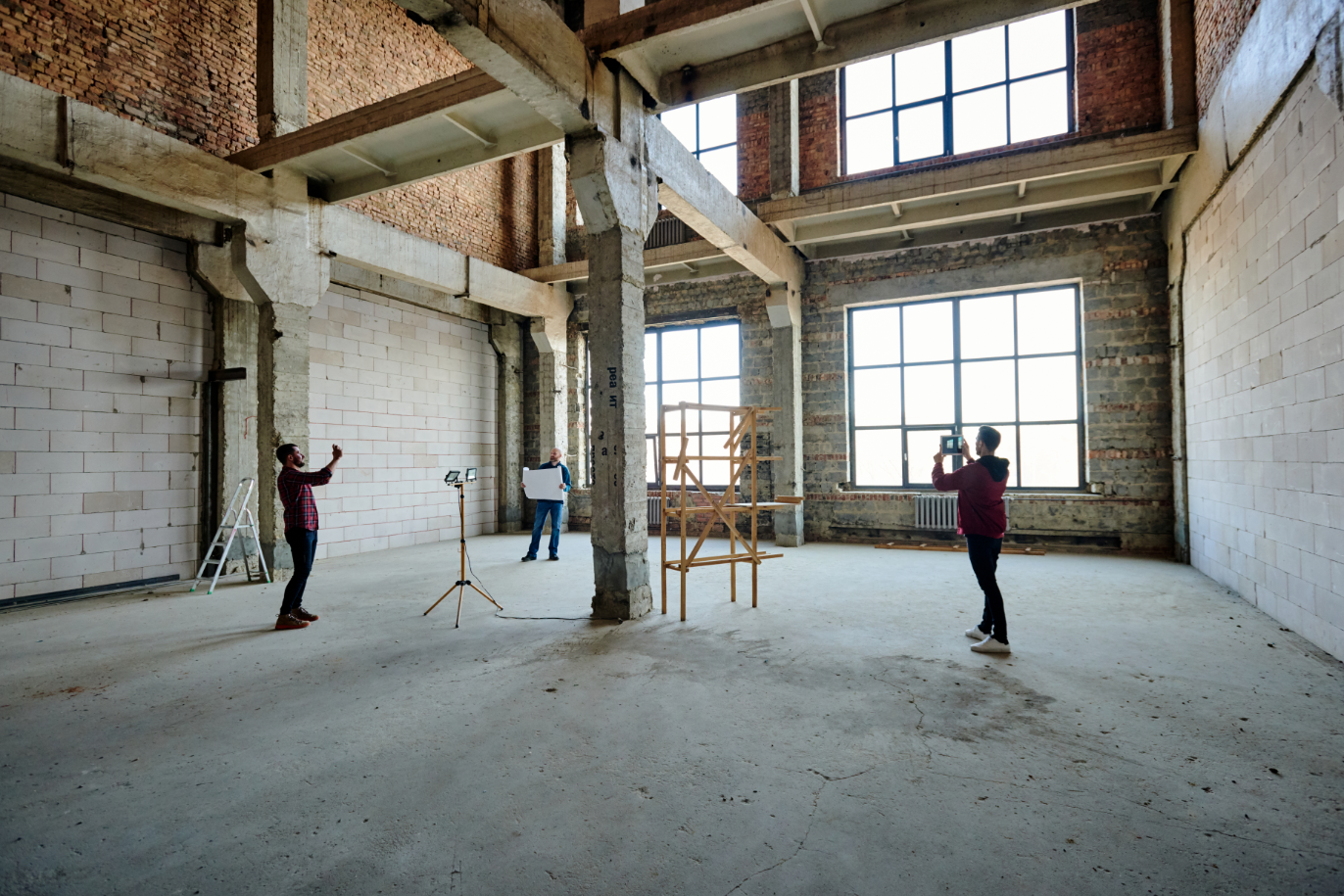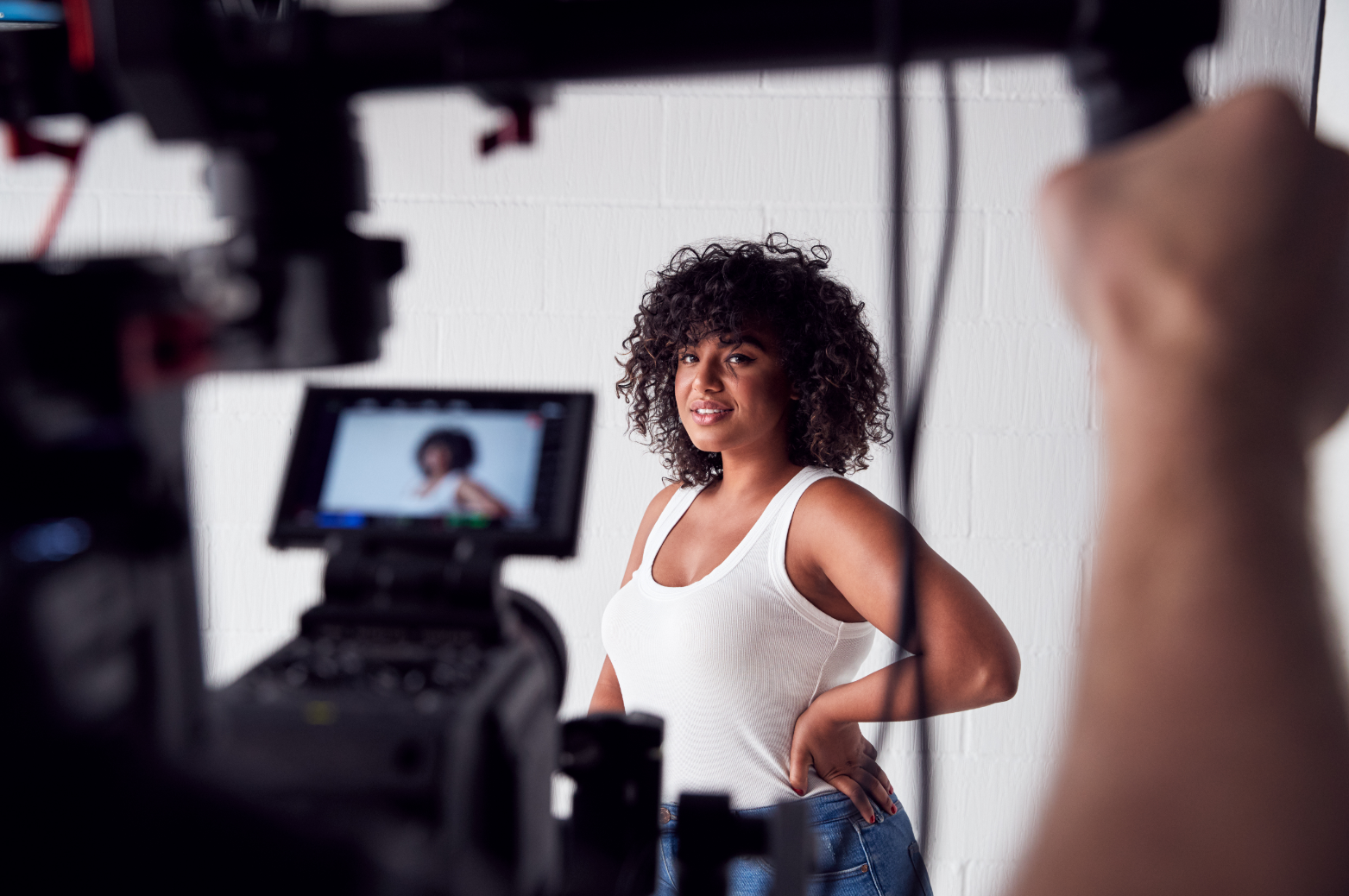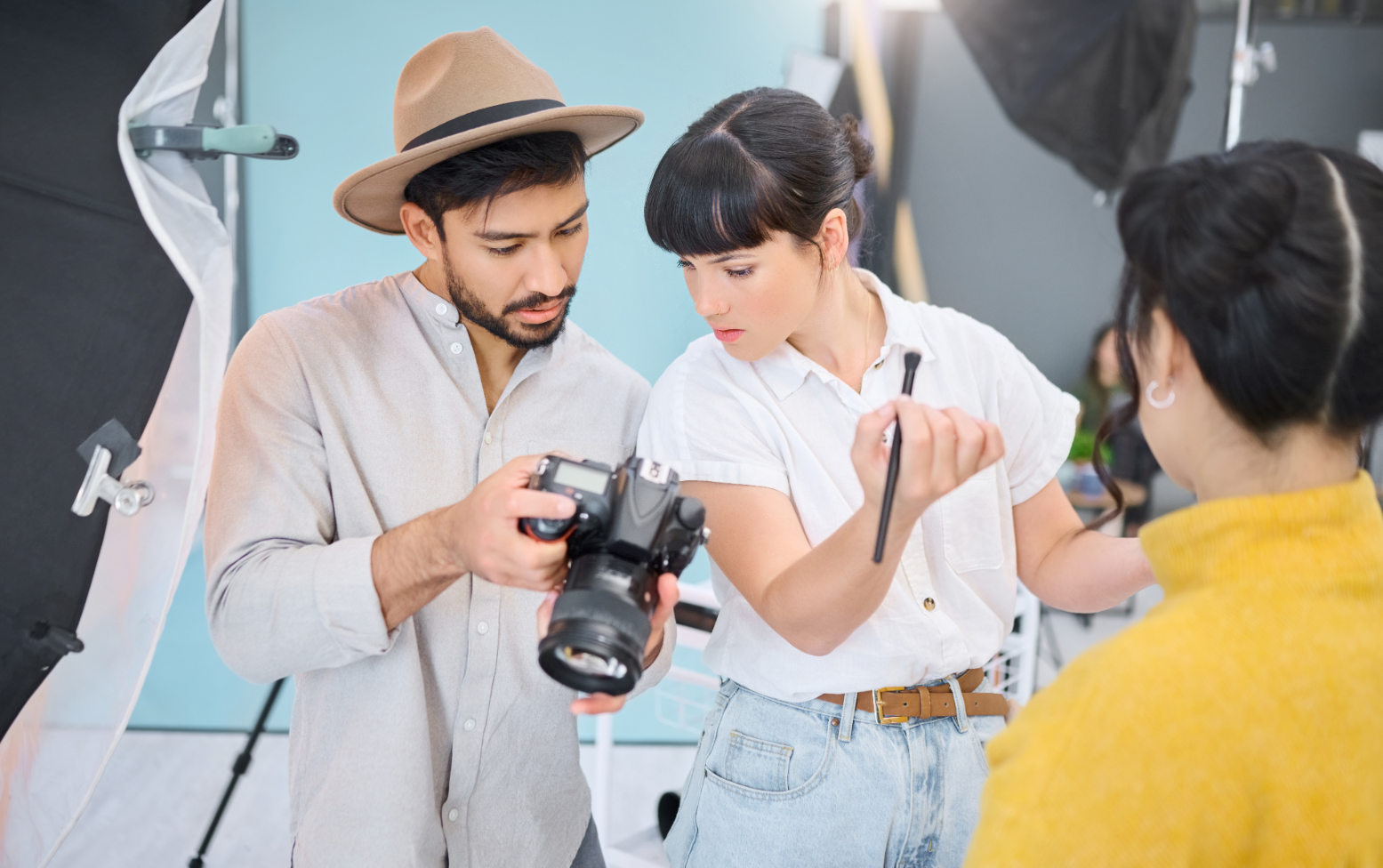Captivate Viewers: 7 Pro Techniques for Cinematic Story.

Ever watched a film that just grabbed you from the opening frame and didn't let go? That wasn't an accident. Cinematic storytelling isn't just about moving images; it's an art form dedicated to evoking emotion, conveying meaning, and immersing the viewer completely in another world. It’s the difference between merely presenting information and truly captivating an audience.
For filmmakers, videographers, and content creators looking to elevate their work beyond the ordinary, understanding the principles of cinematic narrative is crucial. It’s about more than just a great script; it’s about how that story is told, visually and audibly. Here at FilmBaker, we believe in empowering creators, and today, we're diving into seven professional techniques that will transform your stories from simply good to truly unforgettable.
Crafting the Emotional Core
At the heart of every captivating cinematic story lies a strong emotional connection. Viewers don't just want to watch events unfold; they want to feel something, to understand and empathize with the characters' journeys. This emotional resonance is built through deliberate choices in how you present your narrative.
1. Show, Don't Just Tell: The Power of Visuals
This is perhaps the golden rule of cinematic storytelling. Instead of using dialogue or narration to explain what a character feels or what is happening, demonstrate it through action, expression, setting, and visual metaphor. For instance, rather than having a character declare their sadness, show them looking out a rain-streaked window, their shoulders slumped, a single tear tracing a path down their cheek. Let the image speak volumes.
Think about how iconic films convey complex emotions without a single word. A close-up on trembling hands, a subtle shift in gaze, or a specific piece of production design can communicate volumes about a character’s internal state or the story's direction. Empower your audience to interpret and feel, rather than simply being told.
2. Build a Compelling Character Arc
Audiences connect deeply with characters who evolve. A compelling character arc involves a protagonist who undergoes a significant transformation, usually in response to the challenges presented by the story. This isn't just about a change in circumstances, but an internal shift in their beliefs, values, or understanding of themselves and the world.
Outline your character's journey: Where do they start? What do they desire? What obstacles do they face, and how do these obstacles force them to confront their inner flaws or strengths? A well-defined arc provides both narrative momentum and emotional depth, making your story feel purposeful and satisfying. Even in shorter content, a mini-arc can create a powerful impact.
Mastering Sensory & Rhythmic Storytelling
Beyond the core narrative, the sensory elements—what viewers see and hear—are paramount in building a cinematic experience. These tools allow you to manipulate mood, guide attention, and immerse the audience more deeply into your story world, creating a palpable atmosphere that resonates long after the credits roll.
3. Weave in Visual Metaphors and Symbolism
Cinematic stories often operate on multiple levels. Incorporating visual metaphors and symbolism can add profound depth without needing explicit explanation. A recurring motif, a specific color palette, or a unique prop can subtly represent a character's internal struggle, a theme, or foreshadow future events. For example, a caged bird might symbolize a character's feeling of entrapment.
These elements invite viewers to engage more actively, piecing together clues and forming their own interpretations, which leads to a more memorable and thought-provoking experience. Don't be afraid to trust your audience to understand subtle visual cues; often, these are the details that elevate a good film to a great one.
4. Harness the Power of Sound and Music
Never underestimate the impact of sound. Beyond dialogue, sound design and music are crucial for establishing tone, building tension, indicating emotion, and even guiding the viewer's eye. A discordant note, a sudden silence, or the subtle hum of a distant city can evoke powerful feelings and deepen the audience's immersion.
Consider how silence can be more impactful than noise, or how a specific piece of music can instantly transport your audience to a particular emotional state. Use diegetic sound (sounds originating from the story world) to enhance realism and atmosphere, and non-diegetic sound (like a score) to underscore emotional beats and propel the narrative forward.
5. Control the Pacing and Rhythm
Pacing is the speed at which your story unfolds, and rhythm is the variation of that speed, like beats in music. Effective pacing can build suspense, create emotional impact, or even reflect a character's state of mind. A rapid succession of quick cuts can convey chaos or urgency, while long takes and slow camera movements can evoke contemplation or stillness.
Mastering pacing involves understanding when to speed things up for excitement and when to slow them down for emotional weight or character development. Think about the rhythm of a scene: the cadence of dialogue, the timing of cuts, and the duration of shots. All these elements work together to control the viewer's experience and emotional journey.
Guiding the Viewer: From Frame to Subtext
The way you compose each shot and the underlying messages you embed in your story are powerful tools for guiding the viewer's attention and engaging their intellect. These techniques ensure that every frame serves a purpose, contributing to the overall cinematic impact and encouraging deeper thought.
6. Intentional Framing and Composition
Every single frame is an opportunity to tell part of your story. Intentional framing and composition direct the viewer's eye, create mood, and communicate relationships or power dynamics. Consider elements like the rule of thirds, leading lines, depth of field, and symmetry/asymmetry to create visually striking and meaningful images.
A low-angle shot can make a character appear powerful, while a high-angle shot can make them seem vulnerable. Negative space can emphasize isolation, and a specific use of foreground elements can reveal hidden information. Don't just point and shoot; compose your shots with purpose to enhance your narrative.
7. Embrace Subtext and Implication
Truly cinematic stories often leave much unsaid, allowing the audience to read between the lines. Subtext is the unspoken meaning or intention beneath the surface of dialogue or action. It’s what characters really mean versus what they say. Implication involves hinting at events, relationships, or consequences without explicitly showing or telling them.
This technique engages the viewer's mind, inviting them to participate in the storytelling process by interpreting nuances and filling in gaps. It builds intrigue and makes the narrative feel more sophisticated and realistic. Rather than spoon-feeding information, trust your audience to grasp subtle cues and derive deeper meaning, making their experience more rewarding.
Conclusion
Captivating viewers with cinematic storytelling is an art, but it’s also a craft built on mastering these fundamental techniques. From the emotional core of your characters to the intricate layers of sound and visual metaphor, every choice you make contributes to the immersive experience you create. By consciously applying these seven pro tips – showing rather than telling, building compelling arcs, using symbolism, harnessing sound, controlling pacing, composing intentionally, and embracing subtext – you’ll elevate your content and forge a deeper connection with your audience.
Remember, great storytelling is about intentionality and understanding the psychological impact of every creative decision. Start experimenting with these techniques in your next project, whether it’s a short film, a commercial, or a documentary. The journey to cinematic excellence is ongoing, and every new piece of content is an opportunity to refine your craft.
Ready to bring your cinematic visions to life or need a partner to help craft your next compelling visual story? We're here to help you achieve your filmmaking goals. Get in touch with FilmBaker today and let’s discuss how we can make your story unforgettable.


